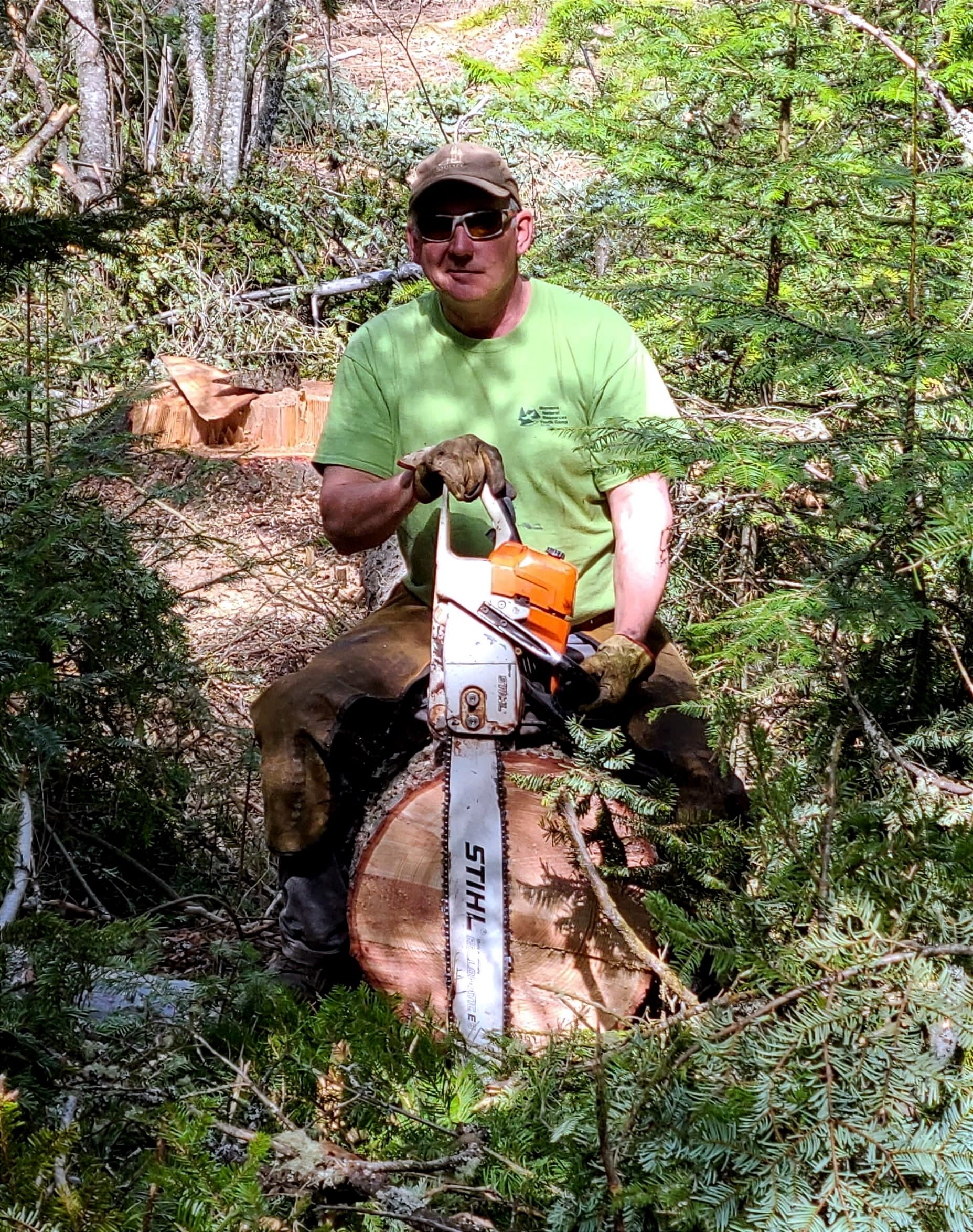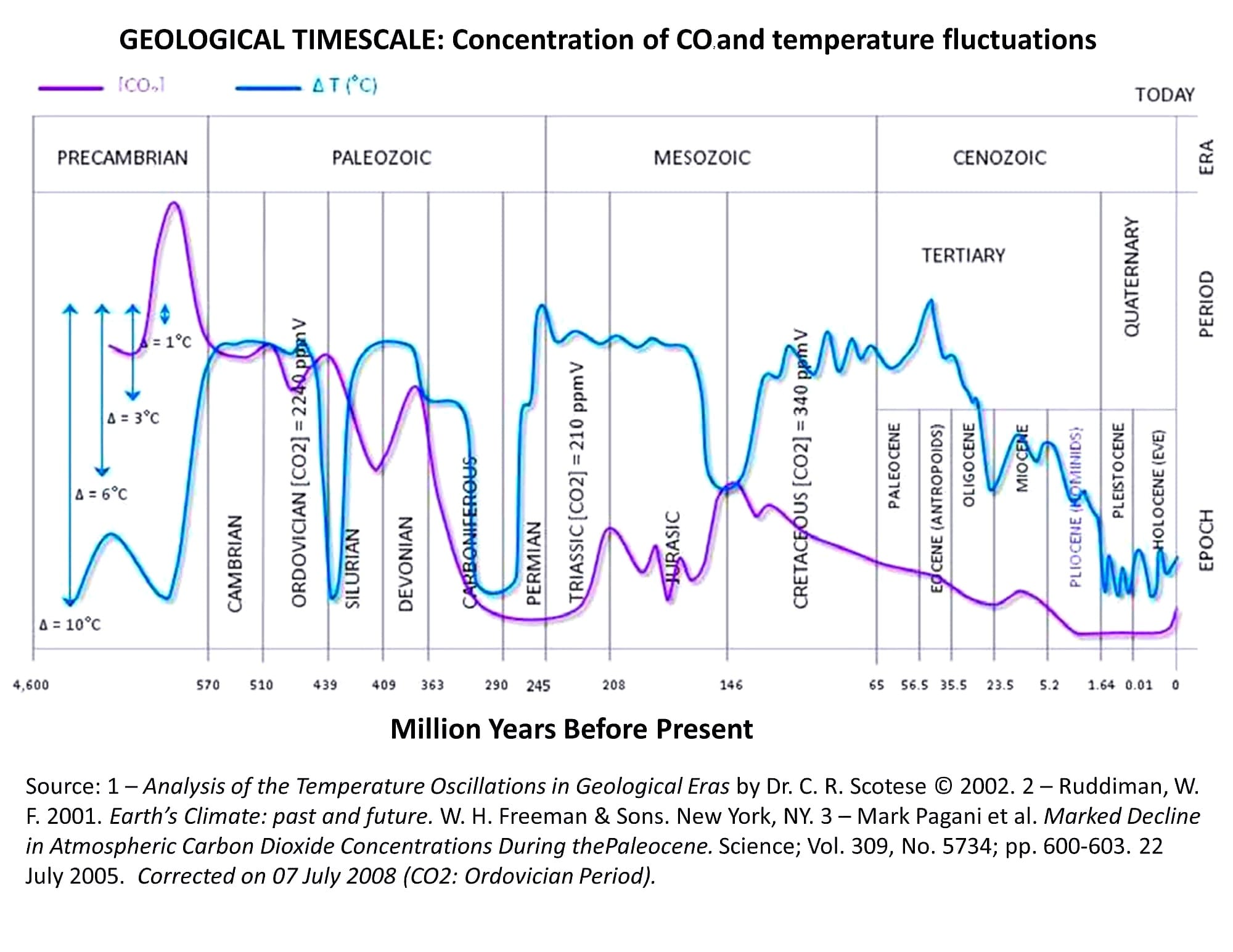The Cornerstone of Clarity
Evergreen exists for one reason: to make complex forest science understandable without stripping it of truth. This year, much of

Money still doesn't grow on trees...
Our mission is public education as it relates to all things forestry - so your contributions matter. Your support means we can continue to bring you the quality of content you have come to expect from Evergreen.
If you appreciate our work, let us know
by subscribing or donating.
Much gratitude to those of you who already support our work.
What started as science driven research about human impacts on the Earth’s atmosphere and climate has also become asocial and political controversy that is not likely to end any time in the near future.
Peter Kolb, PhD, Forest and Range Ecophysiology, Evergreen Foundation Director
Peter Kolb’s latest Montana State University Forestry Extension Service report – What Is Climate Smart Forestry? is the most comprehensive climate and forestry assessment I’ve ever read.
We’re sharing it with you to alert you to a related report we will publish on our website in mid-July. Which Montana do you Want asks Montana’s to chose between a state with thriving green forests and one that is burnt to a crisp.
This may seem like a smart-ass no-brainer question but it isn’t meant to be. It’s a timely and very serious question. Montana’s wood processing infrastructure is in a death spiral. There are many reasons why - some stretching back to the 1970s. We review those reasons in our report.
Montana’s like to call their state “The Last Best Place.” It is beautiful, but so are all of the West’s states. Our collective beauty is a big reason why millions of people are moving to all of “The Last Best Places” to escape overcrowded, crime-ridden cities.
Their arrival on our doorsteps has many people asking if forest management – specifically logging - is compatible with outdoor recreation. We have long believed that it is but we live in an increasingly skeptical and worried world.
Last February we readily accepted the invitation to help assemble Which Montana because it provides us with an excellent opportunity to provide serious answers to serious questions.
“Climate change” has been a dominate news and social media topic since the Intergovernmental Panel on Climate Change was established in 1988. It made big headlines at the United Nations Framework Convention on Climate Change – aka the Earth Summit – in Rio De Janeiro in 1992. Then came the Kyoto Protocol in 1997 and now hardly a day passes without a new warning about “the climate.”
No one should be surprised that “climate change” has become an excuse for failing to effectively manage federal forests in the American West. We are thus delighted to share Peter Kolb’s What is Climate Smart Forestry? with you. It will also be prominently featured in Which Montana?

As Montana State University’s extension forester, Kolb offers advice and counsel to the state’s 29,000 non-industrial private forest landowners who own 10 or more acres of land. Most own around 100 acres. Collectively, they own some 3.5 million acres, mostly in western Montana but some in the central part of the state.
Kolb holds a PhD in Forest and Range Ecophysiology from the University of Idaho. He is a Fulbright Scholar to the Bavarian Institute of Applied Forestry in Freising, Germany, where he continues to study the long term effects of intensive forest management in the Northern Alps. The 144-year-old Institute was founded by Bavaria’s King Ludwig II in 1881.
Kolb is also an Evergreen Foundation board member and an absolute delight to work with. How can you not delight in the opening paragraph from his Climate Smart Forestry report:
“Terms such as global warming, anthropogenic warming, climate change, etc. have been found within various scientific and public media for about the past 30 years. What started as science driven research about human impacts on the Earth’s atmosphere and climate has also become a social and political controversy that is not likely to end anytime in the near future.”
Kolb continues, “Regardless of one’s perspective this topic will continue to affect our daily lives by influencing the development of energy sources, commodity products from lightbulbs to automobiles, home construction and how we manage our land, including urban heat sinks, agricultural production and forested landscapes.”
In a subsequent note to us Kolb wrote, “Multiple interacting factors, including the impacts of human-activity-produced gases, such as carbon dioxide [CO2] and methane on atmospheric energy – primarily Troposphere temperatures – have been accepted by the mainstream academic world as having strong potential influences on all ecosystems across the Earth.”
We allocate five pages in our 24-page Which Montana report to Kolb’s Climate Smart Forestry essay. His well documented essay is filled with exceptional illustrations and photographs that show when, where and how climate smart forestry can help reduce the impacts of climate change in western forests.
Here’s a sampling to whet your whistle:

We hope you will read our Montana report when it is published in mid-July. In the meantime, Peter Kolb's What is Climate Smart Forestry essay is well worth reading and sharing with friends and colleagues.
You 100% tax-deductible subscription allows us to continue providing science-based forestry information with the goal of ensuring healthy forests forever.